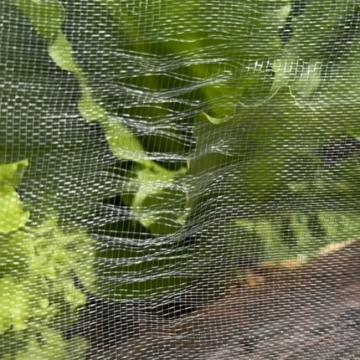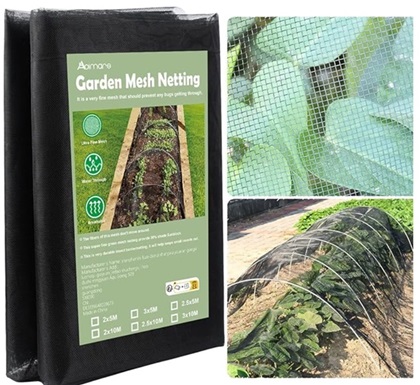I bought garden insect netting to protect my plants from pests, and it worked well at first. But the netting started to fall apart after a few weeks. This led me to realize that garden nettings vary in quality. Through research, I found that the type of material is key. For instance, nanometer PPT materials are more durable and tear-resistant than PE materials. If the netting develops holes, it can let insects through and trap them, causing damage to the plants.
Here is a link to what I found works.
It is available in different sizes so be sure to measure your bed to get the correct length. Remember to leave a little extra so that you do not come up short.
Here is a short video showing the netting
This video shows the old netting in place an what happened.
Not all garden netting is created equal, and the durability of different types can vary significantly. Some garden netting is made from cheaper materials, such as low-grade plastics, which can degrade quickly when exposed to sunlight and the elements. UV rays, temperature fluctuations, and moisture can cause these nettings to break down, becoming brittle and prone to tearing. On the other hand, higher-quality netting is often made from UV-resistant polyethylene or other durable materials designed to withstand harsh outdoor conditions. These types are more resistant to weathering and can last for multiple seasons without breaking apart. Additionally, differences in mesh size and strength also affect the suitability of netting for different garden purposes, such as protecting plants from birds, pests, or animals. Choosing the right netting material is essential to ensure it meets your garden's needs without deteriorating too quickly.


